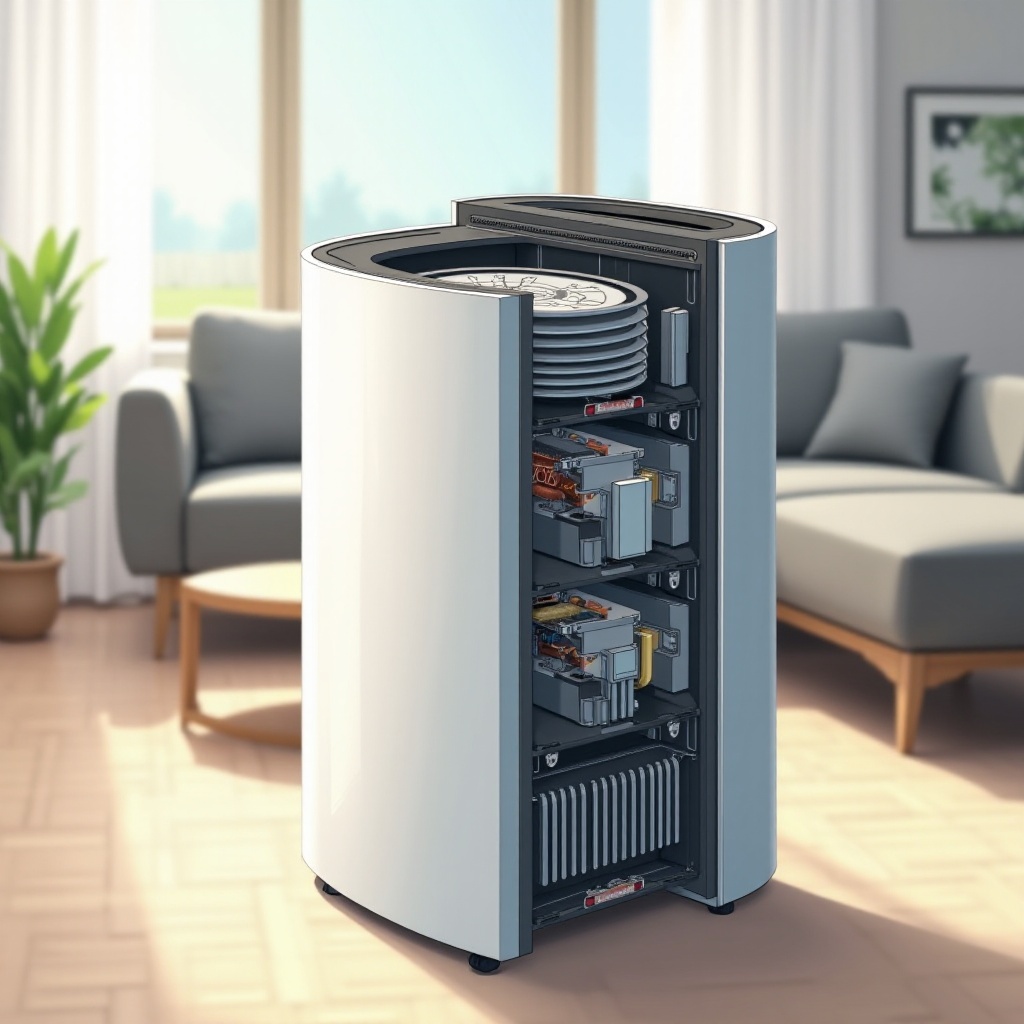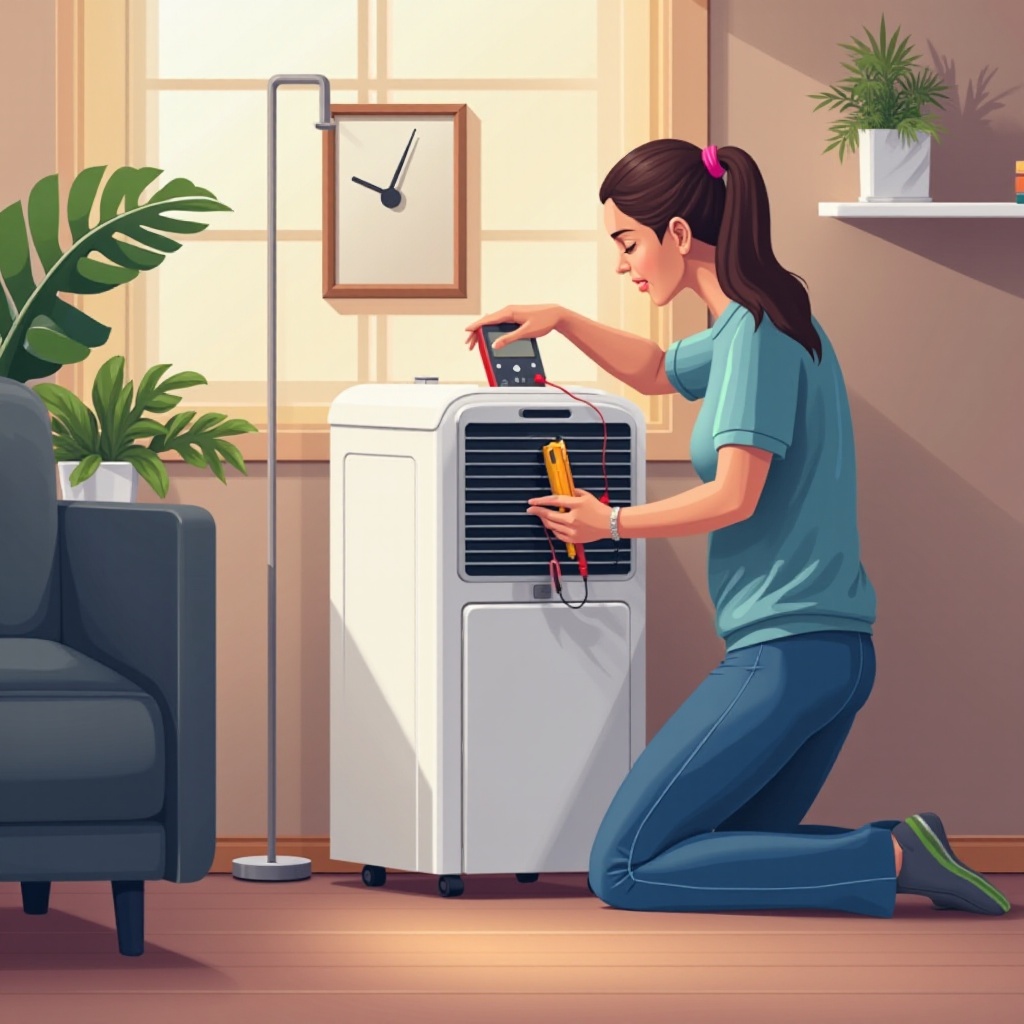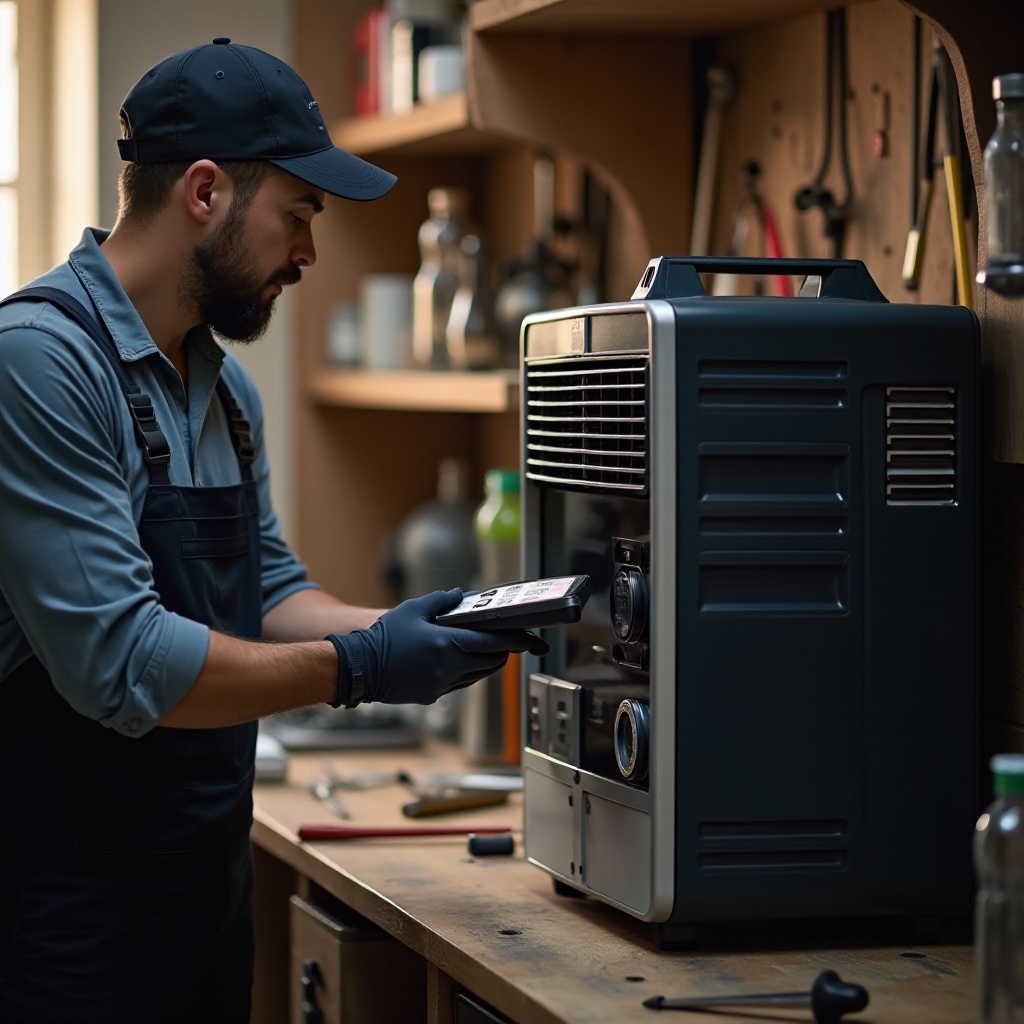Introduction
Dehumidifiers are essential for maintaining comfortable and healthy air quality by controlling humidity levels indoors. When these appliances suddenly stop functioning, it can lead to discomfort and potential damage to your home. Understanding the underlying reasons for these malfunctions allows you to troubleshoot effectively and ensure your dehumidifier's longevity. This comprehensive guide will explore the common reasons dehumidifiers fail and offer practical solutions to restore their operation.

Understanding How Dehumidifiers Work
To troubleshoot a malfunctioning dehumidifier, one must first understand its operation. A standard dehumidifier draws humid air into its system, cools it to condense moisture, collects the water, and releases the drier air back into the room. This process involves key components like the compressor, fan, coils, humidistat, and drainage system. Any malfunction within these parts can significantly impact the unit's performance, leading directly to failure.
Common Reasons Dehumidifiers Fail
There are several prevalent issues that can cause a dehumidifier to cease functioning effectively:
Power Supply Issues: Verify that the power cord and outlet are operational. Ensure that the dehumidifier is properly plugged in and the circuit breaker has not tripped.
Full Water Tank or Blocked Drain Hose: Dehumidifiers typically shut off when the water tank reaches capacity. Regularly empty the tank and examine the drain hose for obstructions to prevent this shutdown.
Dirty Filters and Neglected Maintenance: Filters accumulate dust and debris, which can impede airflow if not cleaned or replaced regularly.
Addressing these common issues can often restore a dehumidifier's function. However, deeper mechanical failures may require further inspection.
Technical Malfunctions and Component Failures
Certain technical failures may prevent your dehumidifier from working efficiently:
Compressor Troubles: The compressor is pivotal in the cooling process. A malfunction can prevent moisture condensation. Investigate for unusual noises or perform a multimeter test to assess compressor conditions.
Faulty Humidistat: If the humidistat does not accurately regulate humidity cycles, the unit may function improperly. Calibration or replacement could be necessary.
Issues with Fans and Coils: Obstructions or damage to the fans and coils can disrupt airflow. Regular cleaning and inspection are crucial to maintaining operational efficiency.
Identifying these component issues helps pinpoint precise areas for intervention, paving the way for effective resolution.
Diagnosing and Fixing Dehumidifier Problems
Once potential issues are identified, systematic diagnosis is the next step:
Initial Inspection Steps: Begin with a visual check of the dehumidifier. Unplug the unit, then examine for visible damage or obstructions. Confirm all connections and hoses are intact.
DIY Troubleshooting Techniques:
- Use a multimeter to test electrical components like the compressor and humidistat.
- Clean all filters, coils, and the water collection area thoroughly.
- Inspect and, if needed, realign or repair fans to restore airflow.
Taking these steps can restore your dehumidifier, ensuring it's ready to combat humidity effectively. However, some issues may require professional attention.

When to Hire a Professional
If after extensive DIY efforts your dehumidifier remains non-functional, it's wise to consult a professional. Complex electrical repairs or refrigerant problems can only be handled safely by certified technicians, ensuring effective and secure repairs.
Preventative Maintenance Tips
Prevention is key to minimizing downtime and extending your dehumidifier's lifespan. Follow these maintenance tips for optimal performance:
- Clean filters, coils, and the water collection area routinely.
- Regularly check hoses and connections for leaks or blockages.
- During off-seasons, store the unit properly and keep it unplugged to avoid electrical issues.
- Schedule annual professional maintenance checks for a thorough inspection.
Consistent care and attention will keep your dehumidifier working efficiently, maintaining your home's comfortable environment.

Conclusion
Understanding the reasons behind dehumidifier malfunctions and maintaining regular upkeep are crucial steps in ensuring your appliance provides continual service. A proactive approach not only guarantees comfortable indoor air quality but also reduces repair costs over time, solidifying your dehumidifier as a dependable household ally.
Frequently Asked Questions
How can I tell if my dehumidifier’s compressor is malfunctioning?
Signs of a malfunctioning compressor include unusual noises, not cooling properly, and not collecting moisture effectively. Testing with a multimeter can confirm issues.
Are energy-efficient models less prone to breaking down?
Energy-efficient models may have advanced features but are not immune to breakdowns. Regular maintenance remains key to preventing issues regardless of the model.
What should I do if my dehumidifier leaks water?
Check for drain hose blockages and ensure the water tank is intact. If leaks persist, inspect internal components and consult a professional if necessary.
